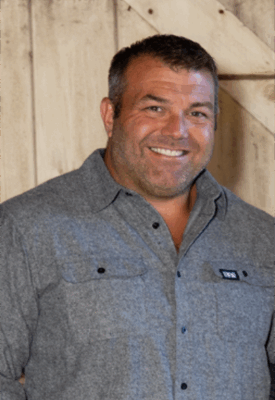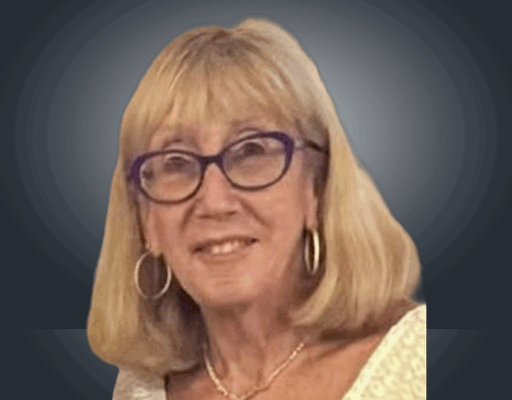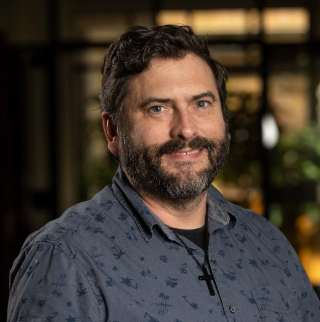This month, MassCUE is focusing on the work of Littleton Public Schools, specifically the work of Julie Lord and Heidi MacGregor.
Julie Lord

Instructional Technology Coordinator
Littleton Public Schools
@julieannlord
Heidi MacGregor

Technology Teacher Leader
Russell Street School
Littleton Public Schools
@mrsmacgregor206
1. Please tell us about Littleton and where the emphasis lies with regards to Digital Literacy.
The past 5 years have been an exciting time for technology in Littleton. The introduction of mobile tech (iPads, Chromebooks) and Google Apps has changed our school environment. Mobile tech has helped us to integrate tech much more naturally in the classroom. Google Apps has proved an incredibly powerful tool for both teachers and students. Consistent support from the superintendent, principals, and school committee has created a community in which our teachers continue learning, by sharing and exploring how various tools can enrich their day-to-day classroom environments. This support has been key in creating a comfort level that allows our teachers to use technology to enhance curriculum and engage students. Our teachers have been very adaptive and open-minded in experimenting/exploring new technologies and new ways to integrate them into their classrooms. We have also learned much about the power of technology in the hands of students. We have shared what we have learned and shared our mistakes. We continue to explore the ways that technology can enrich our students’ education.
2. Please tell us about the technology professional development in Littleton.
We host a weekly TGOF (Tech Goodies on Friday) session at Russell Street School. While this was initially intended as a general session for technology tips, since its opening last April, it has instead focused primarily on the Think Tank. When the Think Tank first opened, we felt strongly that teachers needed an entry point to get classes started with maker projects—but at the same time, we didn’t want to ask teachers to do extra planning and prep. We collaborated to develop some starter projects that teachers could use to introduce students to different offerings, such as Sphero, MaKey MaKey, Stop Motion video making, Green Screen, Lego, and 3D printing. During TGOF we demonstrated a particular project, then posted it to the Think Tank website as the “Project of the Week.” This year we are hoping to expand the use of the Think Tank by finding new ways to make it relevant to our curriculum, while still allowing students the freedom to create and innovate. For example, 4th graders are wrapping up a Sphero investigation. We started with a structured goal, but once the students got rolling, the project became more open to interpretation and exploration. For example, students started by making math target mats for Sphero. Then, they experimented with the fundamentals of coding with Tickle to interact with the math mats. The students have developed some momentum with this project and with a few loose guidelines they are planning a carnival for next week. During which, they will try out each other’s Sphero challenges. The evolving RSS philosophy is that once the students have the tools and skills they need, they will be able to expand the project in an open-ended, problem-solving, student-driven way that is true to the maker mindset.
These weekly open-format training sessions were started at our K-2 School four years ago. The format was highly successful in both supporting teachers and creating a culture of continuous learning. We’ve found that this format gives teachers an opportunity to explore and be exposed to new tech in a fun, collaborative format. We will look to introduce similar training models at our middle and high schools.
In 2015, our district focused an entire PD day on technology. The multi-session event was supported by our district staff, which included our Technology Team, Teacher Tech Leaders, and other tech-savvy staff members. The event was very successful and had a big impact on integration of technology into the classroom. This year, our full-day PD will have a focus on social-emotional learning, and we will have a 1/2-day PD to focus on Technology.
3. Please tell us about your makerspace and what principles you use to govern that space.
Tony Wagner’s assertion that Passion, Play, and Purpose play an essential role in student learning resonates with us and holds true in our Think Tank. At first glance, our elementary makerspace looks a lot like play. We are purposely giving students (and teachers) time to explore and experiment with the available materials. The project ideas that we share with teachers are intentionally not called “lessons,” because we want to create the culture that the Think Tank is different the former “one student one device” computer lab. We adopted the maker vision to move away from consuming technology as was done in a traditional computer lab. Instead we wanted to start creating, collaborating, and solving problems. That being said, we don’t want our innovative space to become an unproductive free play area either. Our intention is provide a structure for exploration, while allowing for student choice within that structure. Our student blog has also turned into an amazing tool for reflection and augmenting purpose. Julie Lord, our district-wide Technology Integration Coordinator, set up all of the iPads in the space to link to the Think Tank blogger account. As students make discoveries or complete projects, they are encouraged to post a photo, video, and/or some text to explain their ideas. As an observer, it is interesting to see students excited to blog, then throughout that blogging process, to see them begin to truly comprehend what they actually learned.
We have also invited teachers to share their project ideas with hopes that our professional community will inspire each other. Julie set up a shared folder with a project template that is linked to our Think Tank website where anyone can post ideas. This is still an emerging resource in our school which we hope will take hold over time.
4. How do you get community buy-in for some of your technology projects?
In Littleton, we try to provide our community with visibility as to what is happening in our schools. Our teachers and administrators utilize Twitter, blogs, and websites on a daily basis to keep the community up to speed with what is going on at the school. These social platforms have been a great tool to showcase the evolution of technology in our schools and in the hands of our students. This past year with the introduction of our Think Tank we have given our students the chance to directly share their accomplishments with our community and the world via the blog.
Our community is incredibly supportive of our schools. The Littleton Electric Light and Water Department offers grants to schools in our district to support enriching programs; this is, in fact, how our Think Tank was launched. We also have the local Littleton Education Fund and PTA, both of which support us financially when they are able.
5. Can you talk a little bit about how you operate in Littleton and how other districts might use your successes and failures to encourage buy-in for EdTech projects.
Littleton’s “everyone on board” philosophy evolved out of necessity. We are a small district and do not have the resources that larger districts may have. Our Think Tank is supported by Julie as our district-wide Technology Integration Coordinator and myself as the school’s Technology Teacher Leader. But the classroom teachers are really the ones who are in control of making time in their schedules for their classes to attend the Think Tank. We use a shared Google Calendar where teachers can sign up for recurring visits on Mondays, Tuesdays, or Thursdays. (We decided to leave Wednesdays and Fridays open for last-minute sign-ups to allow teachers some flexibility to be spontaneous as ideas develop.) Perhaps our biggest driving force for buy-in has turned out to be the students themselves. I’m reminded of Laura Fleming’s description of how she started her makerspace by talking with the students and finding out their interests and passions. It was the students who brought it to the teachers and advocated for classroom tie-ins. That same phenomenon is happening at our school. Our teachers are getting requests from their students and we are very fortunate that our teachers are willing to invest time in their busy schedules to make our technology programs work.
6. Can you tell us some information about your sessions coming up at MassCUE.
We’ll be presenting “Cultivating the Maker Mindset at Your School” at Red Level 61 at 2:00 on Thursday. We will share additional details about our journey in setting up a makerspace and would love to have you come join the conversation.
 Print this post
Print this post



